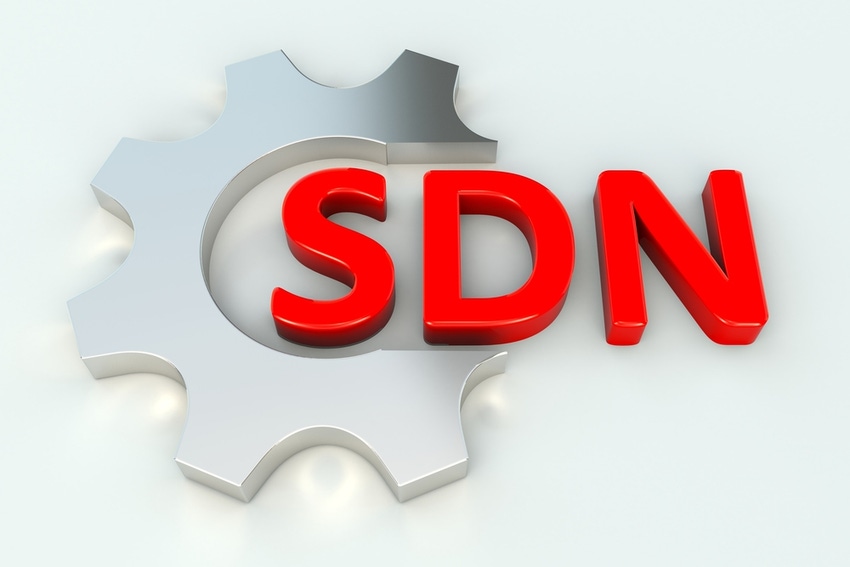Getting Started with SD-WAN: How and Why
Enhanced cloud connectivity, simplified by SD-WAN, could solve your network traffic issues.
September 26, 2019


Salim Khouri
By Salim Khouri, Solutions Engineer, Expereo
 Whether your goal is to optimize application performance or get real-time visibility over network traffic, enhanced cloud connectivity could be the answer, simplified by SD-WAN.
Whether your goal is to optimize application performance or get real-time visibility over network traffic, enhanced cloud connectivity could be the answer, simplified by SD-WAN.
SD-WAN introduces a network overlay that lets you respond to changing business needs with speed and flexibility. Company-wide policies can be distributed from a central management portal, providing SaaS applications, users and locations with better network performance as the situation demands.
Unfortunately, many organizations have become locked into traditional networks. They struggle to design, deploy, and manage cloud-connected architecture. Here are answers to common questions that crop up when implementing SD-WAN.
Q: How do you prepare a site for SD-WAN implementation?
A: Site readiness is critical for successful deployment. Like any internet-based service, a site needs to receive both internet access lines and the router to leverage an SD-WAN network. This can include physical requirements such as adequate power, a place to rack and stack equipment, patch cords — all the way to ensuring network IP addresses and VLAN information needed for configuration are accurate.
Q: How do you judge the amount of bandwidth needed from carriers?
A: How much bandwidth that’s needed, is typically a function on the existing size of the circuits used by a customer, and how much forecast in user growth is expected. The benefit is that commodity internet access is for the most part much cheaper than MPLS, so on a cost-by-cost comparison, most customers will benefit with much larger internet circuits that can carry their SD-WAN traffic. They also will enjoy more direct access to SaaS and cloud providers through local internet breakout.
Q: Are there any rules of thumb to improve performance across SD-WAN?
A: Since SD-WAN is built on VPN technology, a good SD-WAN design accounts for all customer locations and the traffic path of user data. This information is vital as latency can significantly impact the user experience. Here’s our rule of thumb at Expereo: Good SD-WAN design is based off the applications being used, and where they are accessed from, optimizing a network for business-specific needs.
Q: What argument would you give for switching to SD-WAN?
A: You’ve got to consider what the main drivers behind SD-WAN are:
Cost – SD-WAN can be cheaper than MPLS since it gives you the freedom to tailor a network to your needs. Internet access is also typically less expensive than MPLS, and offers significantly more bandwidth on a cost-by-cost basis.
The cloud – Companies are moving more and more of their business applications to the cloud and have migrated from on-premises to SaaS-hosted applications. Even if a company’s infrastructure isn’t based in the cloud, chances are they are using a cloud-based service like Slack or Google Drive.
Flexible Deployment – MPLS relies on a single carrier to manage deployment, which can take time. Internet on the other hand can be more readily deployed and more widely available. Since SD-WAN does not rely on the underlay, it can quickly deploy and scale to the customer’s needs.
Application performance – SD-WAN introduces numerous value-adds that aren’t available to MPLS. This includes leveraging multiple underlay circuits to maximize circuit usage and performance and establish traffic steering policies for specific application types and SaaS-optimized traffic.
Visibility – One of the most powerful features is complete visibility on user traffic. Detailed network performance data, user traffic patterns, sites and applications used are some of the many things visible to customers.
With over 20 years’ experience as a technology professional, Salim Khouri works as a solutions engineer to support Expereo’s managed global network and cloud connectivity solutions. His expertise includes, but is not limited to global internet, SD-WAN and security.
Read more about:
AgentsYou May Also Like
